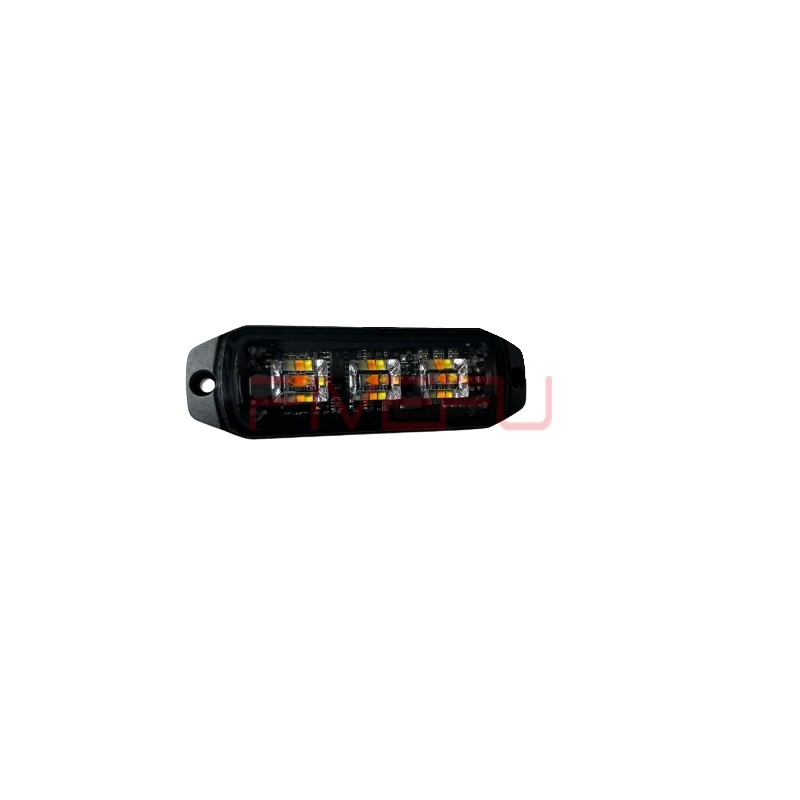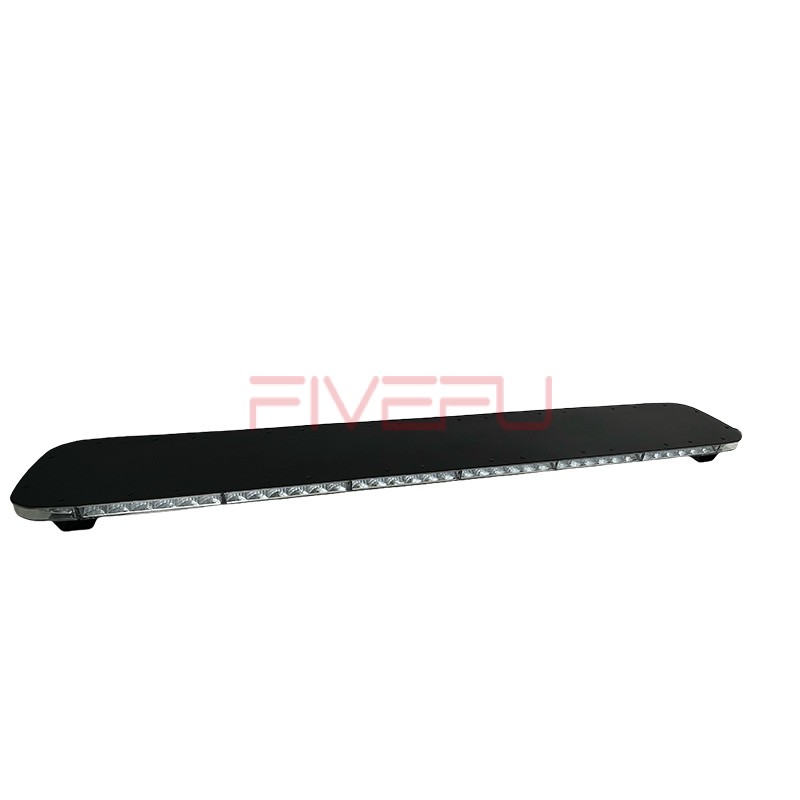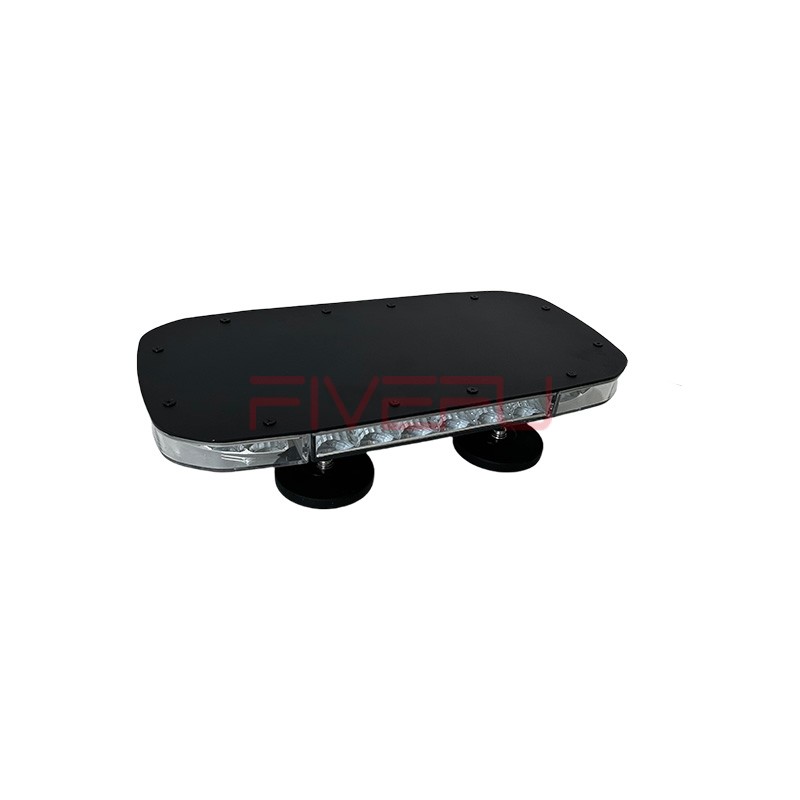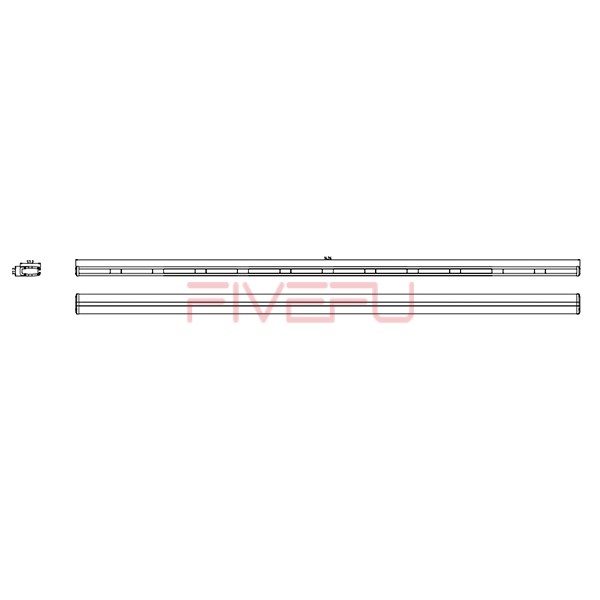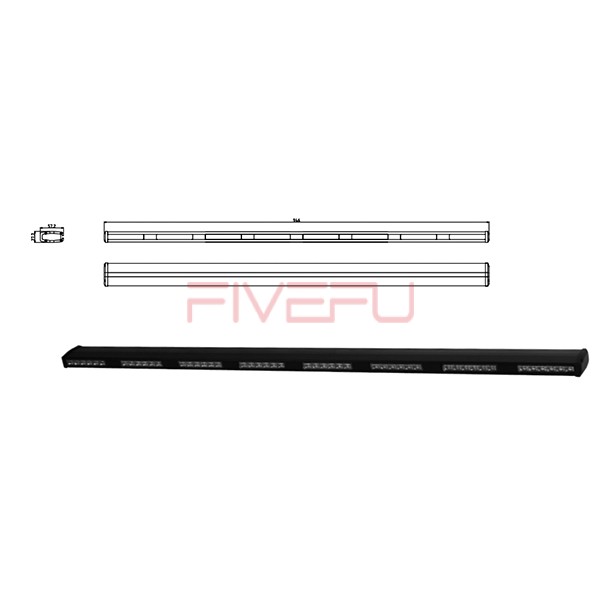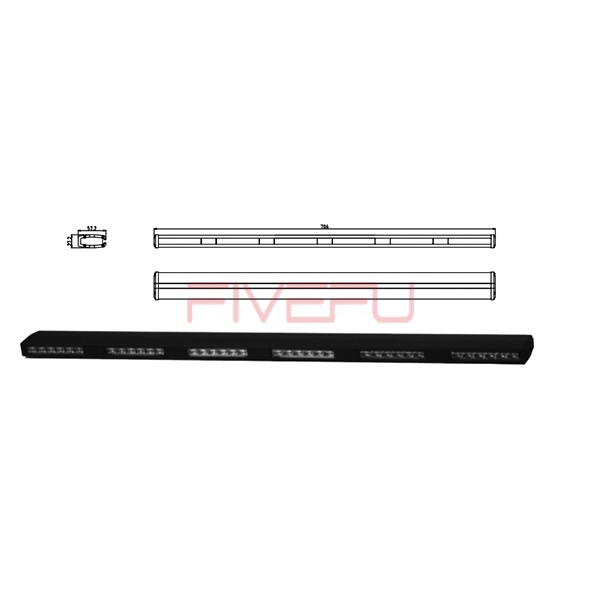LED lights come in different variations, and understanding the differences between SMD LED and traditional LED can help you make the best choice for your lighting needs.
SMD LEDs offer improved brightness, energy efficiency, and versatility compared to traditional LED designs.
Confused about the difference between SMD LEDs and standard LEDs? Let’s break down the key features of each type to guide your decision.
SMD LED: What Makes It Special?
SMD (Surface Mounted Device) LEDs are a more advanced version of traditional LEDs. Unlike conventional LEDs, SMD LEDs are mounted directly onto the surface of a circuit board, making them more compact and versatile. This design allows for better heat dissipation, improved brightness, and greater energy efficiency.
Standard LED vs. SMD LED: Key Differences
Standard LEDs typically have a larger, bulkier design and may not be as efficient as SMD LEDs. SMD technology is better suited for smaller fixtures, offering greater flexibility in design. While both types of LEDs are energy-efficient, SMD LEDs are often preferred for their superior performance in areas requiring high light output.
Which One to Choose?
If you need a lighting solution that offers better brightness, efficiency, and compact design, SMD LEDs are the way to go. For larger, more traditional installations, standard LEDs may still serve well, but SMD technology is becoming increasingly popular.
Conclusion
SMD LEDs are more compact, efficient, and versatile compared to traditional LEDs, making them a popular choice for modern lighting solutions.
